
Ultimate Guide to Cloud Tank VFX
How to make and use Cloud Tank Effects
Cloud tank effects have been used for decades in some of the biggest blockbuster films of all time. In this guide, we’ll cover everything from the history of this fantastic effect to how to make your own cloud tank and then the best practices when using those elements in your project.
What is a Cloud Tank?
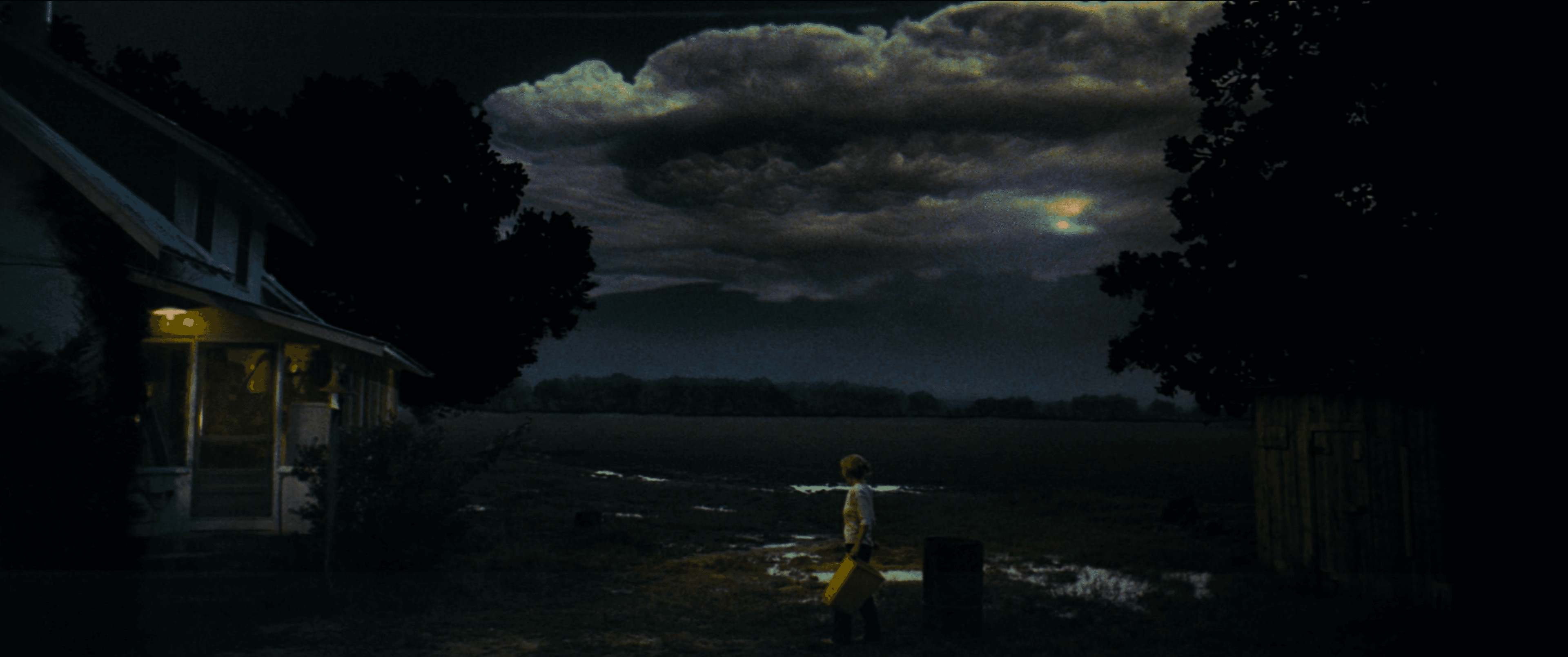
A cloud tank is simply a tank of water, usually a large aquarium, with two separated layers of water used to simulate realistic clouds, weather, and atmospheric effects. The quintessential cloud tank effect features fast-forming clouds or clouds moving in surreal ways. They are often used to create storm clouds and scenes of supernatural activity – clouds form almost instantly, move fast but smoothly, break apart to reveal something inside (such as an alien spaceship), change direction suddenly, etc.
In essence, cloud tank effects give you the ability to art direct the sky. In addition, they provide a way to simulate realistic and believable stormy weather and otherworldly phenomena.
When Does a Tank of Water Become a Cloud Tank?
Water tanks injected with billowing white (or colored) ink or paint have been used in film since nearly the birth of cinema itself. This type of effect with a semi-opaque liquid poured into a body of water is sometimes also referred to as an ink drop, ink chamber, or cloud chamber.
These are stunning effects that produce exciting results and can work well to simulate certain things, such as a volcano or an explosion. Still, these are not actual cloud tank effects.
The key difference is that a cloud tank utilizes a separation layer technique to allow realistic atmospheric cloud-like effects. The separation layers usually consist of salt water and fresh water, but in theory, they could be made of any two clear liquids with different densities.
Because of this separation layer, when the paint is injected into the upper (fresh water) layer, it expands and flattens on the salt water layer. Thus emulating the natural movement and shape of clouds in the sky.
A Brief History of the Cloud Tank
Visual Effects legend Douglas Trumbull stated that Scott Squires invented the cloud tank technique as a solution to several difficult shots in Close Encounters of the Third Kind. Trumbull was credited with “Special Photographic Effects” on the film. In modern terms, he was the film’s Visual Effects Supervisor.
Trumbull handed a 19-year-old Squires an aquarium and $20 petty cash and tasked him with finding a solution for creating cloud effects.

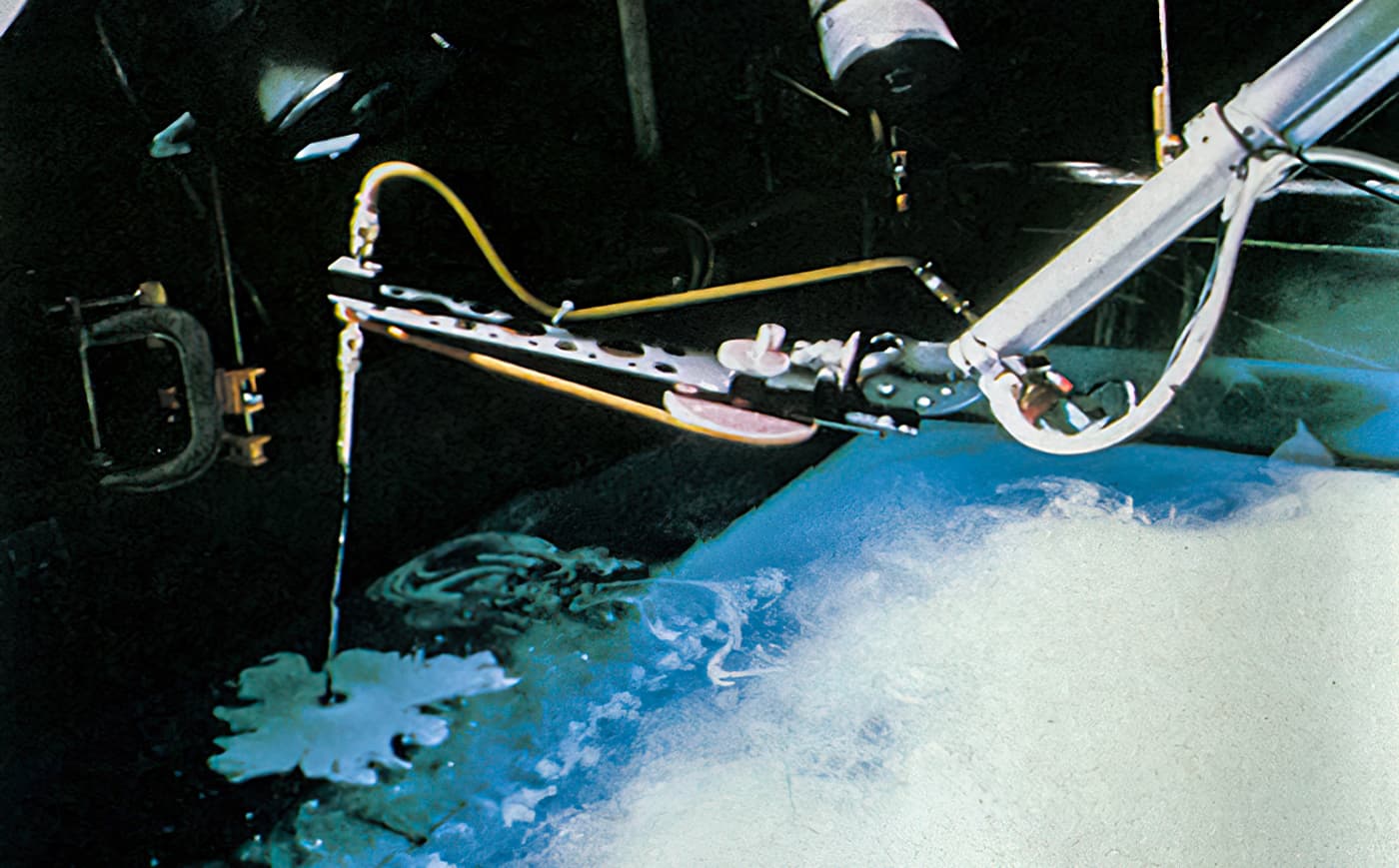
A week later, after performing a series of tests, Squires discovered the salt water separation layer technique. This technique would become the cornerstone of creating a cloud tank and would go on to be used countless times by ILM and others over the next twenty years.
With this technique in hand, they built a 2000-gallon water tank that measured 7 feet by 7 feet by 4 feet deep and employed a mechanical arm fitted with a wand to inject their tempura paint into the fresh water layer. You can read all about this process on Squires’ personal blog.
The Golden Age of Cloud Tanks
From the late 1970s to the late 1990s, we witnessed the golden age of this spectacular effect. Starting with memorable shots in movies such as the aforementioned Close Encounters of the Third Kind (1977), Raiders of the Lost Ark (1981), and Poltergeist (1982) – essentially any film that Steven Spielberg directed or produced in the late ’70s through early ’80s – and continuing steadily through the ’90s in films such as Independence Day (1996). More recently, cloud tanks have been used in films such as The Fountain (2006) and Tree of Life (2011).
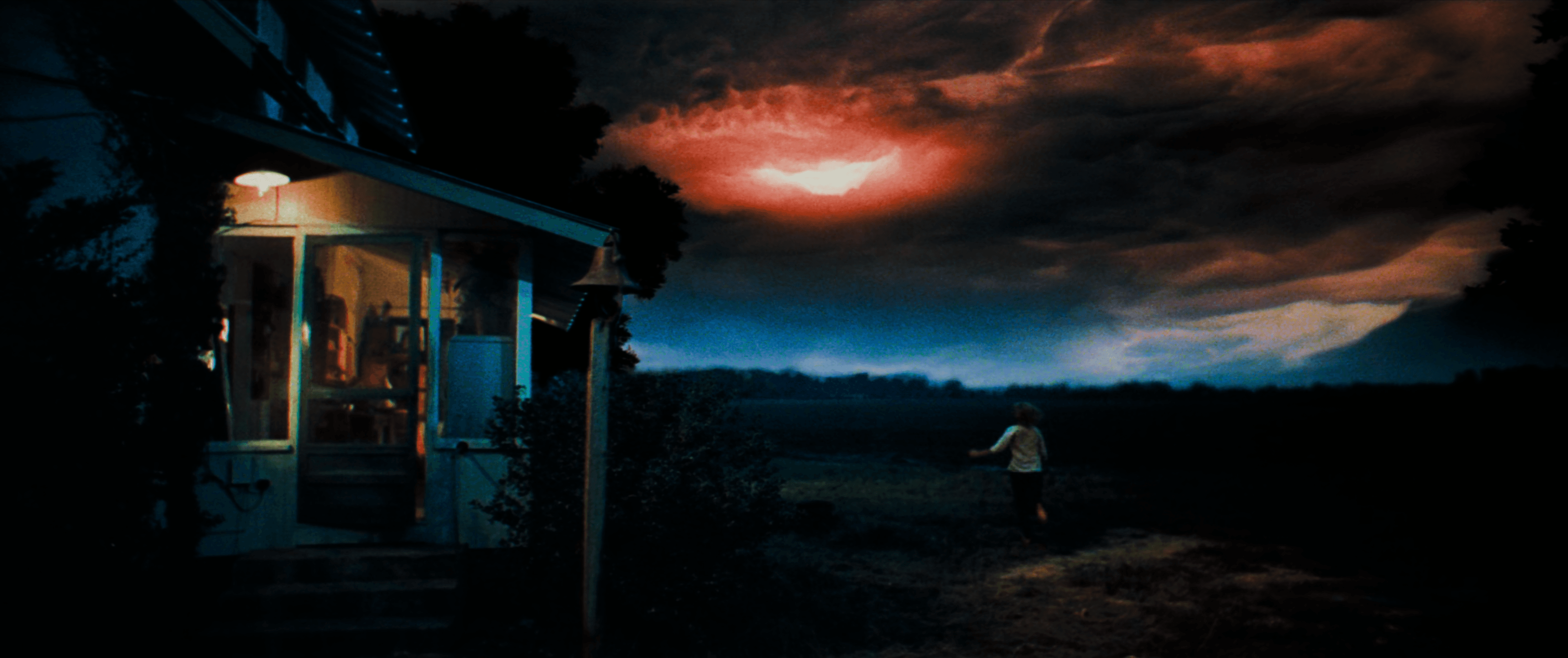
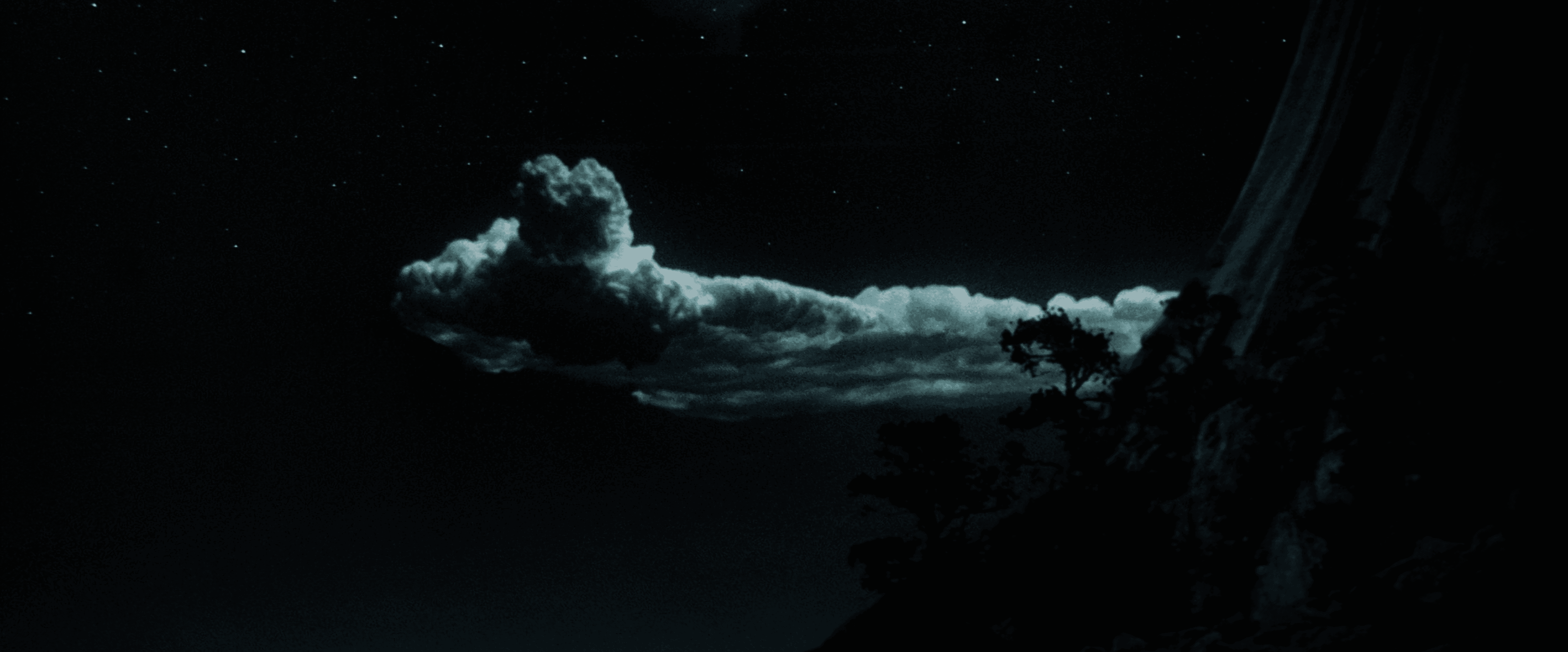


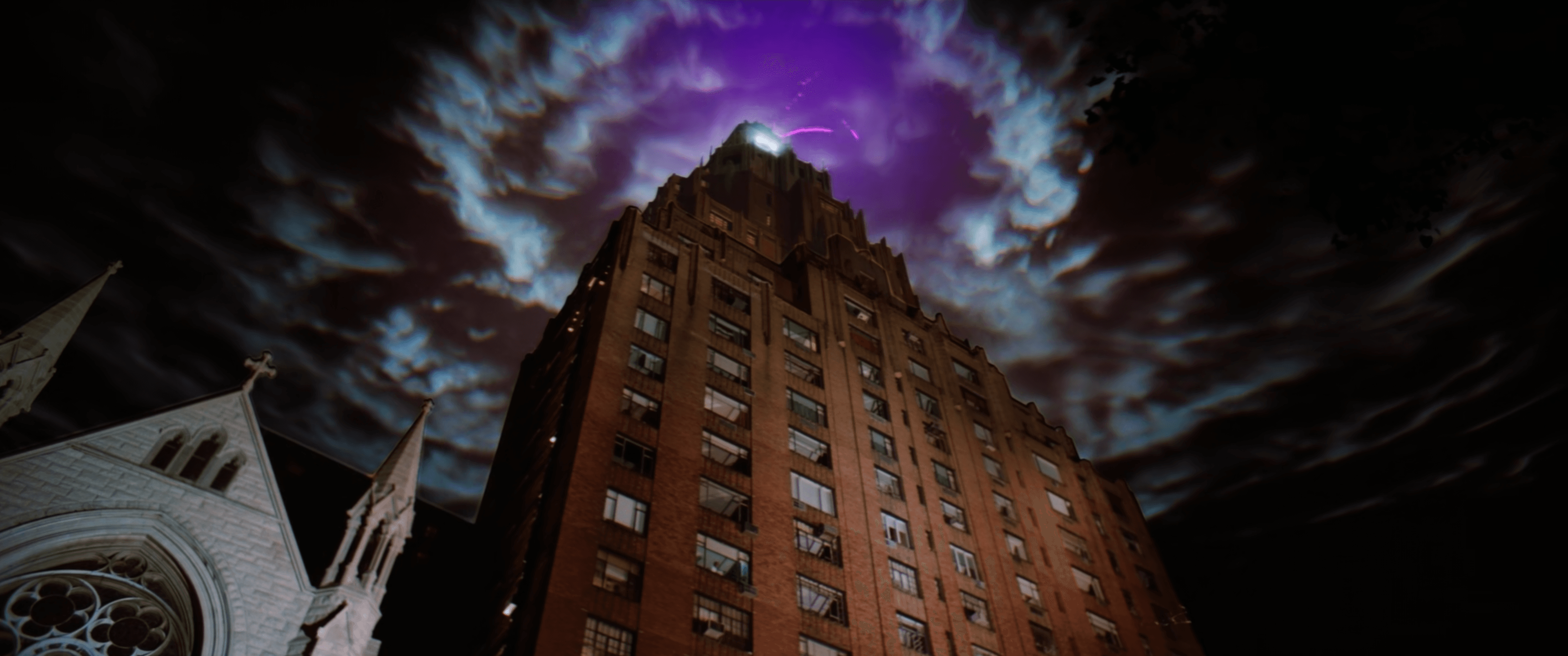

There are so many examples we can’t even begin to list them all here. Thankfully, YouTuber Joey Shanks put together an excellent supercut of 5 minutes worth of cloud tank examples in Hollywood films.
Today cloud tanks are still being used in films, but more sparingly. This is not because the effects have become less believable or impressive but rather because advancements in computer-generated volumetric effects have improved significantly over the past two decades. These advancements allow for a level of precision that practical effects can’t match.
That said, when performed correctly, cloud tank visual effects can be some of the most magical effects ever put on screen. And sometimes, the happy accidents that happen with practical effects can make all the difference.
What about Earlier Films like The Ten Commandments?
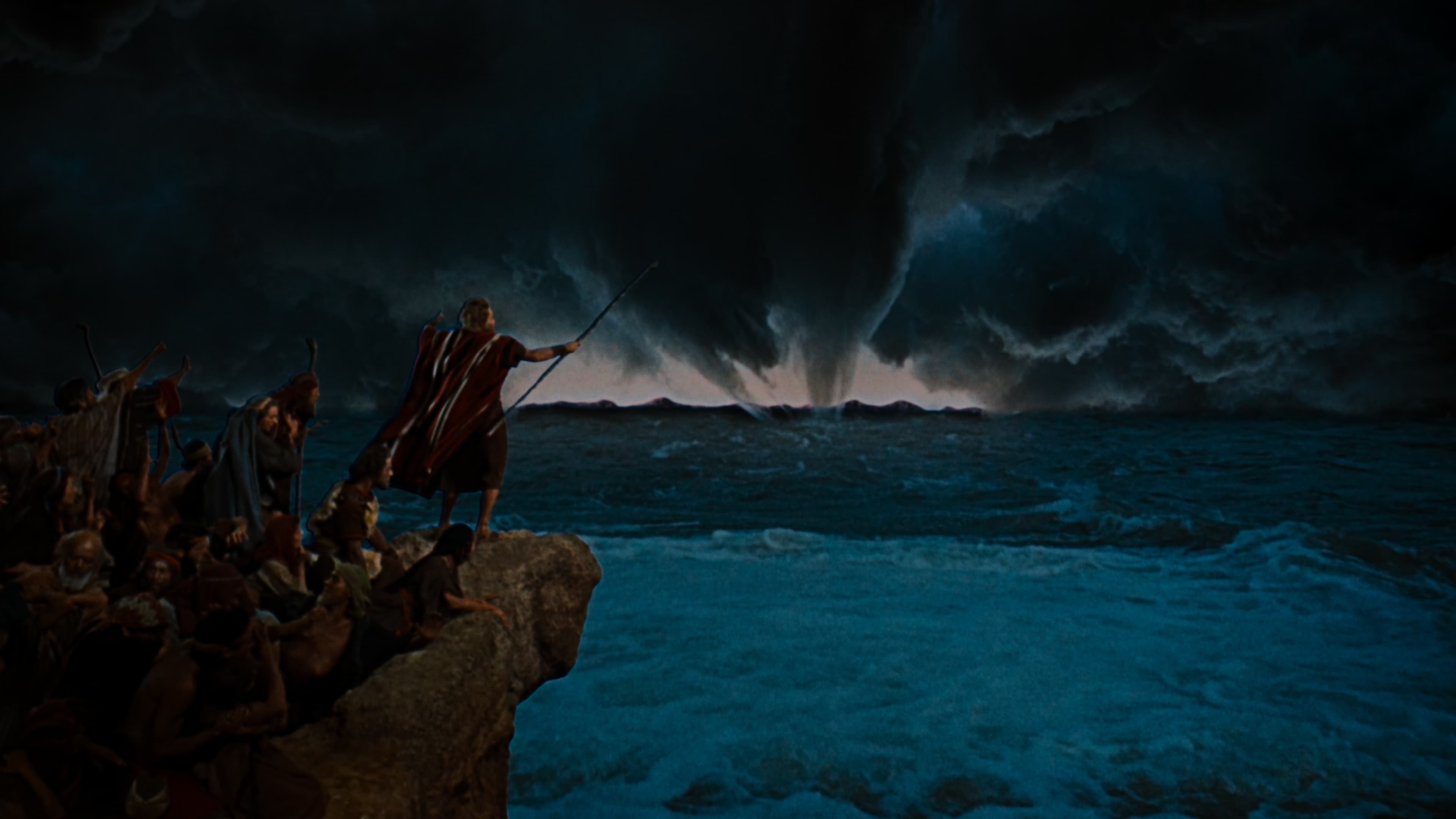

Some of the effects in The Ten Commandments certainly do resemble the cloud tank effects employed by Squires and Trumble. Still, according to the available articles, it was actually achieved with smoke and a vacuum. That said, information from this era is spotty at best, so it is possible that some form of a cloud tank was created and used but not documented.
Making and Using Cloud Tank Effects
We have a comprehensive guide to building a cloud tank available in our tutorials section; what follows below is a condensed overview of the process.
Setting up a cloud tank takes a little bit of patience. Still, the good news is that most of what is needed are household items that, if you don’t already have them on hand, are easy to find at your local supermarket, and they’re relatively inexpensive as well – unless you want a 2000 gallon tank like what they used on Close Encounters.
HOW TO BUILD A CLOUD TANK
The tank portion of a cloud tank can be any large water tank; for example, aquariums are commonly used. Salt water can be made by mixing rock or Epsom salt with water:
- Fill the tank about 50% with this salt water mixture.
- Put a thin plastic barrier on top of the water so that you can fill the tank the rest of the way.
- Fill the rest of the tank with fresh tap water. Slowly remove the plastic, and you are now ready to start making some clouds.
- The clouds are formed by injecting a white liquid such as milk, ink, or paint into the top layer of water.
Here’s a list of what you’ll need to get started:
- Aquarium or another water tank with at least 1 glass/transparent side
- Epsom salt, rock salt, or any other cheap salt
- A thin sheet of plastic such as a painter’s “drop cloth.”
- white ink, paint, or milk-like substance
- water hose
- in-line water filter
- an insecticide sprayer or a large syringe and tubing
Obviously, we have to have something to hold the water and a clear side so the camera can see the clouds.
This is how we make salt water.
This can be anything from a trash bag to a sheet of plastic used by painters, the most important thing is that it is thin and clean.
This is what will create your clouds. The choice is yours, so feel free to experiment. There’s no wrong answer.
To fill the tank.
If possible, it’s best to filter the water that will fill the tank.
To inject the clouds into the tank, you’ll want to use some kind of tube or wand that will provide a minimum level of control.
WANT TO LEARN MORE?
We have a step-by-step guide that will walk you through putting together all these pieces and filming your own cloud tank videos.
Additionally, this YouTube clip from Joey Shanks provides a good video overview of the build process.
An Easier Way
Creating and filming your own cloud tank effects can be wonderful and exciting, but it’s really difficult as well. But, there’s an easier way. You can download cloud tank stock footage, and to help get you started, we even have 4k clips available for free.
Cloud Tank Stock Footage
Our cloud tank stock footage is the highest quality VFX footage available online. It is fully capable of big-screen usage and ready for any project.
We have a wide variety of shots available spanning 2 VFX Packs:
Cloud Tank - Pack 1
This VFX pack features 11 individual shots of surreal cloud formations rapidly materializing and transforming in these mesmerizing cloud tank elements.
Cloud Tank - Pack 2
This collection includes 11 unique clips of cloud tank footage. Ideal for creating supernatural weather phenomena, alien atmospheres, or magical transitions, they give filmmakers unprecedented control over sky effects.

How to Use Cloud Tank Footage
We’ll be creating a step-by-step tutorial that outlines all the best practices for compositing cloud tank footage in the coming weeks.
Until then, here are some general guidelines:
Effects shot over a black background are easiest to composite over a night sky; this is almost drag-and-drop level easy.
However, whether the background sky is night or day, adjusting the black point and white point of the cloud tank footage will be necessary.
In most cases, the cloud tank footage is higher contrast than the clouds in the actual sky. Because of this, you’ll want to lower the contrast by raising the black point to match the darkest area of the background sky and dropping the white point to match the brightest spot.
Additionally, applying an appropriate color tint will help blend the new cloud tank footage with the background sky.
Final Thoughts
Some of the more unique and exciting visual effects can be created using the cloud tank technique. Whether used to generate storm clouds or otherworldly events, cloud tanks are relatively easy to build and use. The good news is that you don’t need a huge budget to pull off something that looks truly amazing.
On a final note, it’s worth mentioning that with the global climate crisis, the creation of this effect is one of the more wasteful effects in terms of water usage. As always, use your best judgment when creating any practical effect. This effect is of negligible risk for personal injury but does have an environmental impact.
That being said, we’ve seen how stunning this effect can be, and we hope you’ll check out our cloud tank footage. We can’t wait to see what you’ll create!
PS – If you’re like us, and your childhood was made better by these incredible cloud tank effects, be sure to give a shout-out to Scott Squires on Twitter. You’ll be hard-pressed to find anyone nicer and more generous than Scott, and he deserves all the love we can show him.


